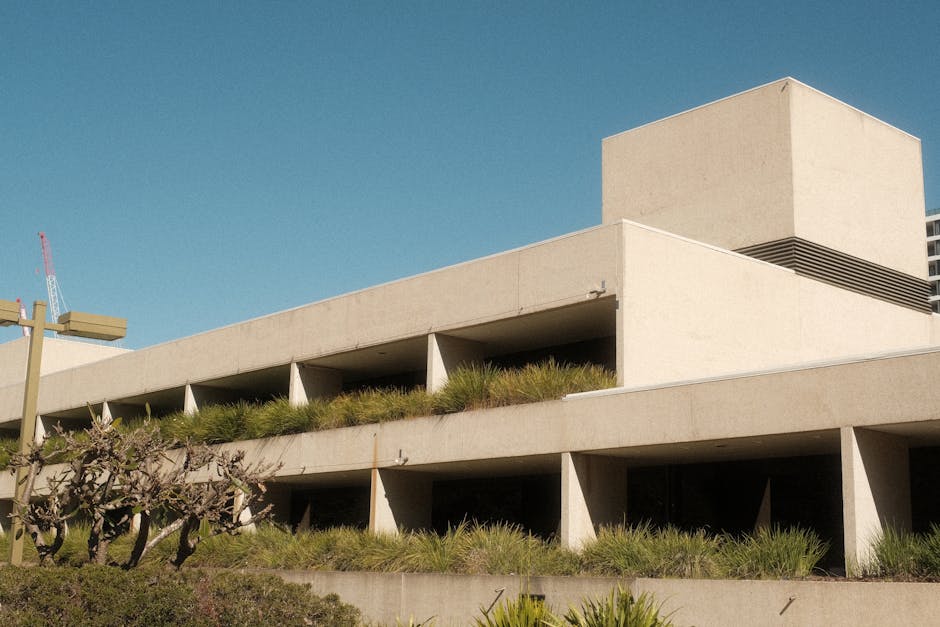
the truth about interlocking concrete pavers
What are interlocking concrete pavers?
Interlocking concrete pavers are individual units made of concrete that fit together like pieces of a puzzle. They are commonly used for patios, walkways, driveways, and outdoor spaces. The interlocking design helps distribute weight and allows for flexibility, reducing the risk of cracking. These pavers come in various shapes, sizes, and colors, offering versatility in design options for your landscaping projects.
Benefits of using interlocking concrete pavers
Interlocking concrete pavers offer many benefits for your outdoor spaces. They are durable, flexible, and easy to maintain. The interlocking design allows for natural movement without cracking. These pavers come in various shapes, sizes, and colors, giving you the freedom to create unique patterns and designs. Additionally, they are cost-effective, eco-friendly, and can increase the value of your property.
Different types of interlocking concrete pavers
Interlocking concrete pavers come in various types, each offering unique features and styles. Here are the common types: 1. Traditional Pavers: These are the standard interlocking concrete pavers used in many applications often shaped like a standard brick or a mix of a few sizes of squares and rectangles. 2. Permeable Pavers: Allow water to seep through, reducing runoff and promoting drainage normally with the use of a larger built in spacer increasing the size of joint between stones. 3. Tumbled Pavers: Have a weathered, aged look for a more rustic appearance. 4. Textured Pavers: Designed with a variety of stone texture for a nod to the natural material it is mimicking. 5. Contemporary Pavers: Offer sleek, modern, large format slabs. Each type serves different design purposes, so choose the one that best fits your needs and aesthetic preferences.
Factors to consider when choosing interlocking concrete pavers
When choosing interlocking concrete pavers, there are several factors to consider. Here are some key points to keep in mind:
-
Durability: Interlocking concrete pavers are known for their strength and longevity. They can withstand heavy loads and harsh weather conditions, making them a durable choice for various outdoor applications.
-
Design Options: Interlocking concrete pavers come in a wide range of colors, shapes, and sizes, allowing you to create unique and visually appealing patterns for your space.
-
Maintenance: These pavers are relatively low-maintenance, requiring occasional cleaning, re-sanding, or resealing to keep them looking their best. Best of all they are repairable, giving a longer life span than pour in place concrete surfaces
-
Installation: Proper installation is crucial for the longevity and performance of interlocking concrete pavers. Make sure to hire a professional installer with experience in working with these materials or all the benefits of longevity style may go out the window.
-
Cost: While the initial cost of interlocking concrete pavers may be higher than other paving options, their durability and aesthetic appeal make them a cost-effective choice in the long run.
Consider these factors carefully before embarking on your paver project.
How to install interlocking concrete pavers
To install interlocking concrete pavers, you need to start by excavating the ground where you plan to lay the pavers. In Portland that is normally 7-9 inches of initial excavation. Next, add a geo-textile fabric and start adding layers of angular gravel to form your initial compacted base. Bring the gravel base closer to grade in lifts based on what your compactor can consolidate. The 1 inch bedding lay was traditionally a mason sand, but now we use a 1⁄4 minus or 1⁄4 chip gravel in most cases to reduce risk of washout. Begin placing the pavers tightly together in the pattern you desire, making sure they interlock securely before dropping them into the screeded base material. Once the pavers are in place, use a compactor to set them firmly into the sand for traditional pavers. Avoid this step for large architectural slabs or they may crack- Finally, spread polymeric sand over the pavers and sweep it into the cracks to secure them further. Vibrate the sand into the joint and top up again and activate with water. If using a resin driven sand, maintain sufficient moisture so the sand flows deep into the joints.
Maintenance tips for interlocking concrete pavers
To prolong the life and appearance of your interlocking concrete pavers, regular maintenance is essential. Here are some simple tips to keep them in good shape:
- Regular Cleaning: Sweep the pavers to remove debris and use a mild detergent with a scrub brush for tougher stains.
- Weed Control: Keep weeds from growing between the pavers by applying a weed killer or pulling them out by hand.
- Sealing: Consider sealing the pavers every few years to protect them from stains and wear and refresh the color.
- Avoid Harsh Chemicals: Stay away from using strong chemicals or de-icing salts on the pavers, as they can damage the surface.
- Inspect for Damage: Periodically check for any cracks or shifting in the pavers and repair them promptly to prevent further damage.
Common misconceptions about interlocking concrete pavers
Interlocking concrete pavers are often misunderstood. One common misconception is that they are prone to cracking. In reality, when properly installed, these pavers are flexible and durable, making them resistant to cracking. Another misconception is that they are dull and boring. On the contrary, modern interlocking concrete pavers come in a wide range of colors, textures, and patterns, offering a versatile and aesthetic paving solution for various landscapes. Lastly, some believe that maintaining interlocking concrete pavers is challenging. However, routine cleaning and occasional re-sanding of the joints are usually all that’s needed to keep them looking great for years to come.
Environmental impact of interlocking concrete pavers
Interlocking concrete pavers are known to be more environmentally friendly than traditional concrete or asphalt surfaces. They allow rainwater to permeate through the gaps, reducing runoff and helping to prevent flooding. The manufacturing process of interlocking pavers also produces fewer carbon emissions compared to traditional concrete production. This makes them a sustainable choice for your outdoor spaces.
Cost comparison with other paving materials
Concrete pavers are a budget-friendly option compared to materials like natural stone. On average, concrete pavers can cost between (25 to )35 per square foot, whereas natural stone can cost $35 and up installed. Concrete pavers are a cost-effective choice while still offering durability and a variety of design options. Natural stone takes much more skill to install with consistent tight joints, making pavers more appealing to many businesses who offer hardscaping services.
Conclusion: Making informed decisions about interlocking concrete pavers
When deciding on interlocking concrete pavers for your project, it is essential to consider various factors to make an informed choice. Here are some key points to guide you in making the right decision:
- The durability of interlocking concrete pavers makes them a long-lasting and cost-effective option for your outdoor spaces.
- Considering factors like the design flexibility, easy maintenance.
- Proper installation by experienced professionals is crucial for ensuring the longevity and performance of your interlocking concrete pavers.
By understanding these aspects, you can confidently make decisions that will enhance the beauty and functionality of your outdoor spaces with interlocking concrete pavers.

